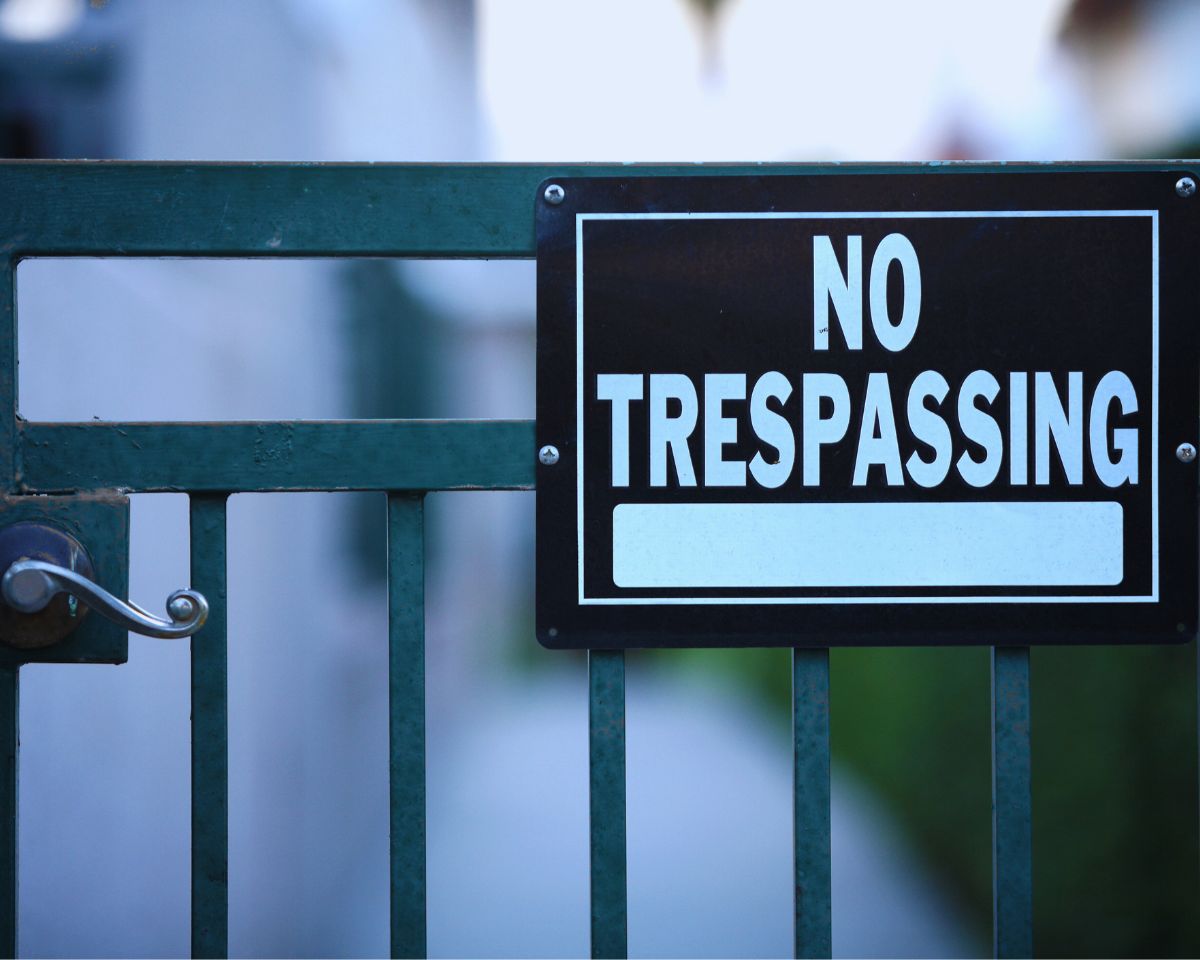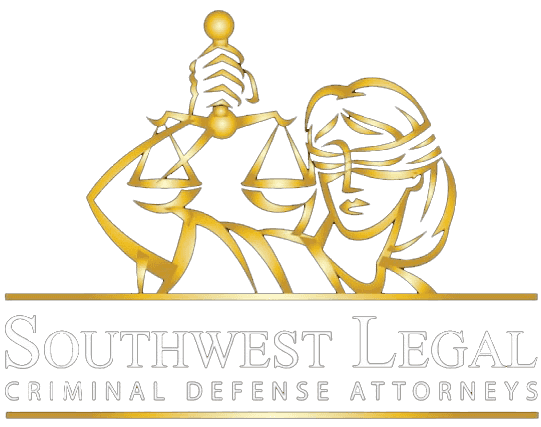California Penal Code § 198.5, often called the “Castle Doctrine”, is a self-defense law that protects individuals who use force to defend themselves against intruders in their own homes. Rooted in the belief that “a man’s home is his castle,” the law allows residents to protect themselves — and others inside the home — without a duty to retreat.
This blog will break down the statute, how it works, who it protects, and what you should know if you ever face such a situation.
California Penal Code § 198.5 PC
The law provides that: “If someone unlawfully and forcibly enters your home, and you use deadly force in response, the law assumes you acted out of a reasonable fear of imminent harm as long as certain conditions are met.”
In plain terms:
You don’t have to wait to be attacked.
You don’t have to try to escape or run away.
You’re legally allowed to protect your household if you believe you’re in danger from an intruder.
Key Legal Elements of the Castle Doctrine
For the legal protections under § 198.5 to apply, four specific conditions must be true:
1. Unlawful and Forcible Entry
The intruder must have entered or tried to enter the home by force and without permission. Examples include breaking a window, kicking down a door, or sneaking in while the homeowner is unaware.
2. The Incident Happens Inside the Home
This law applies only when the confrontation occurs inside your home — not in your yard, driveway, or garage (unless the garage is attached and considered part of the home).
3. The Intruder Is Not a Household Member
The person entering your home must be a stranger or outsider — not someone who lives with you or is a welcome guest.
4. You Reasonably Believed You Were in Danger
The homeowner must genuinely believe the intruder poses a threat of death or serious physical harm. The law assumes that belief is reasonable if the other three conditions are satisfied.
How the Castle Doctrine Affects Criminal Charges
One of the most powerful parts of Penal Code § 198.5 is the legal presumption it creates.
This means that if you meet the requirements:
The law presumes you acted in self-defense.
The prosecution must prove otherwise beyond a reasonable doubt.
That’s a high legal bar, which often leads to charges being reduced or dropped when valid self-defense is established.
Important Limits of California’s Castle Doctrine
While the Castle Doctrine gives you rights, it doesn’t mean you can use force in any situation. Some important limitations include:
Not valid outside the home: California doesn’t extend this law to businesses, vehicles, or public areas.
No protection if you’re the aggressor: If you provoke someone and then escalate to deadly force, the law may not protect you.
Deadly force must be proportionate: You can’t use excessive force against a non-lethal threat (e.g., shooting someone who’s clearly unarmed and retreating).
It doesn’t cover mistakes about legality: If law enforcement enters with a warrant or in pursuit, using force against them could lead to prosecution.
Example
Scenario:
A homeowner wakes up at 2 AM and hears a window breaking. They grab a legally owned firearm and confront the intruder coming through the window. They shoot the intruder, who later dies.
Legal Outcome:
If the entry was clearly unlawful and forced, and the homeowner feared for their life, the law likely supports their actions under the Castle Doctrine.
Castle Doctrine vs. “Stand Your Ground”
California is not a full “stand your ground” state.
The Castle Doctrine applies only within your residence.
A true stand your ground law applies in public places, letting you defend yourself without retreating.
So outside the home, your actions are governed by broader self-defense rules, not § 198.5 specifically.
Self-Defense Checklist (For Homeowners)
Here’s a quick checklist for when the Castle Doctrine may apply:
| Situation | Legal Under § 198.5? |
|---|---|
| Intruder breaks in through the window | ✅ Yes |
| Stranger forces their way through the front door | ✅ Yes |
| Guest overstays their welcome | ❌ No |
| Argument turns physical with family member | ❌ No |
| Threat occurs on the front porch | ❌ No |
What to Do After a Home Defense Incident
If you ever use force to defend your home:
Call 911 immediately – report the incident and request medical help if needed.
Do not leave the scene – stay and cooperate with authorities.
Say little until you have legal counsel – you have the right to remain silent.
Hire a qualified defense attorney – especially if someone was injured or killed.
Even if you believe you acted lawfully, it’s essential to protect your legal rights.
Summary
California’s Castle Doctrine exists to protect homeowners from criminal charges when defending themselves against home intruders. But it’s not a license to use force recklessly. You should still be prepared to explain your actions — and know when the law applies and when it doesn’t.
FAQs About California’s Castle Doctrine
🔹 Can I use deadly force if someone just enters my home? Yes — if they entered unlawfully and forcibly and you believe you are in imminent danger.
🔹 Does this apply to garages or backyards? Only if the garage is attached and considered part of the home. Yards are generally not included.
🔹 Do I have to warn the intruder before using force? No — the law does not require you to give a warning, though it’s wise to do so if possible.
🔹 What if the intruder is unarmed? If you reasonably believe they pose a deadly threat, the Castle Doctrine may still apply.





